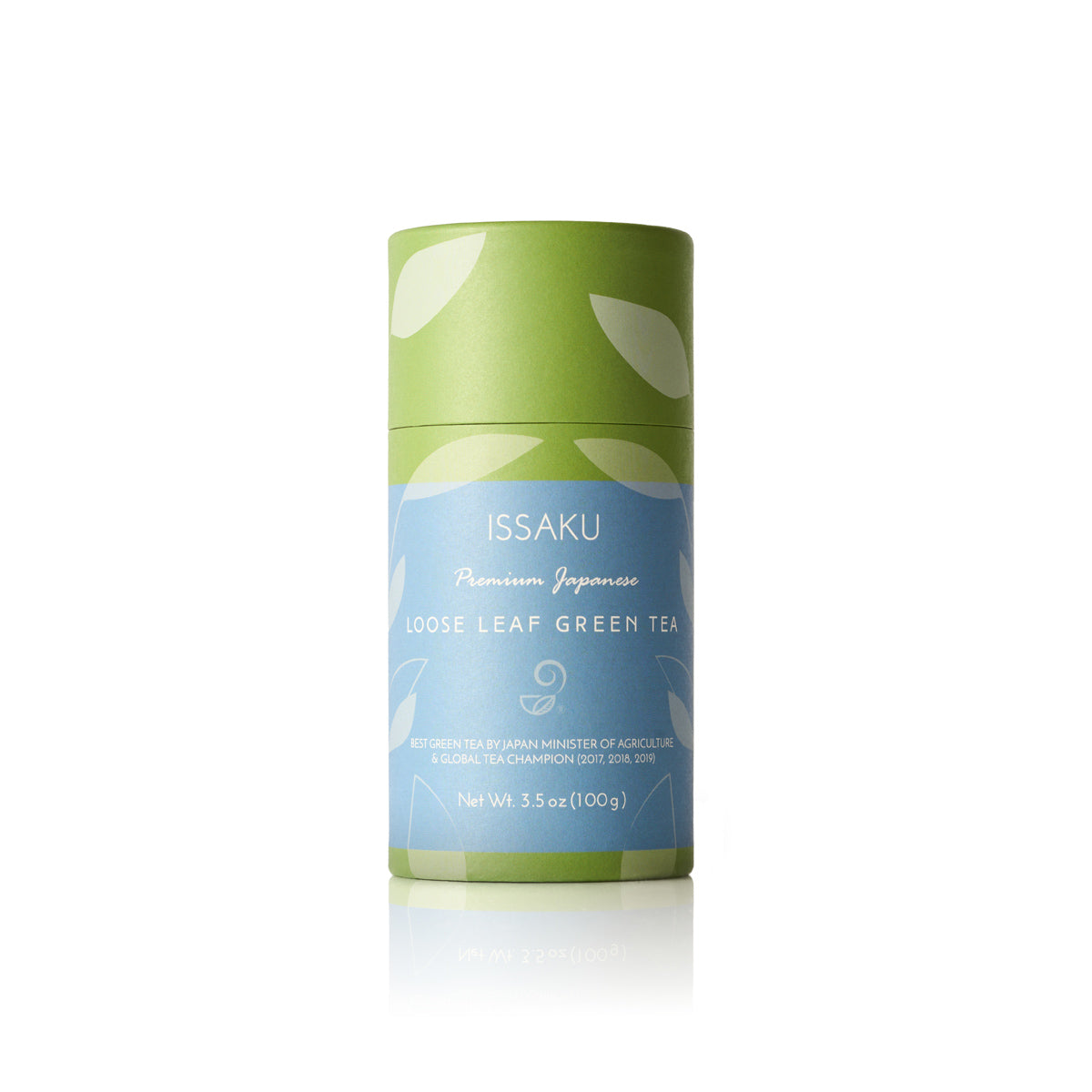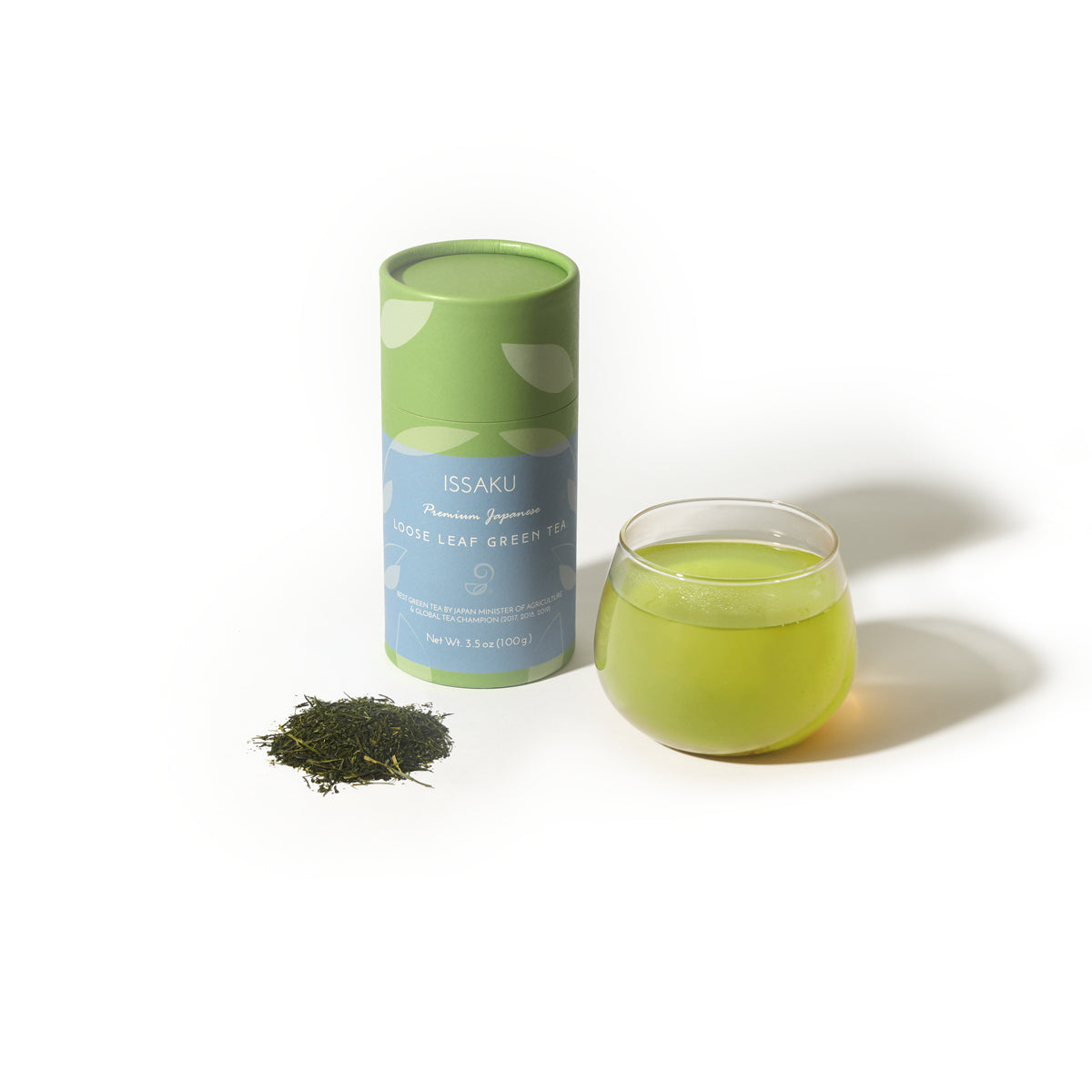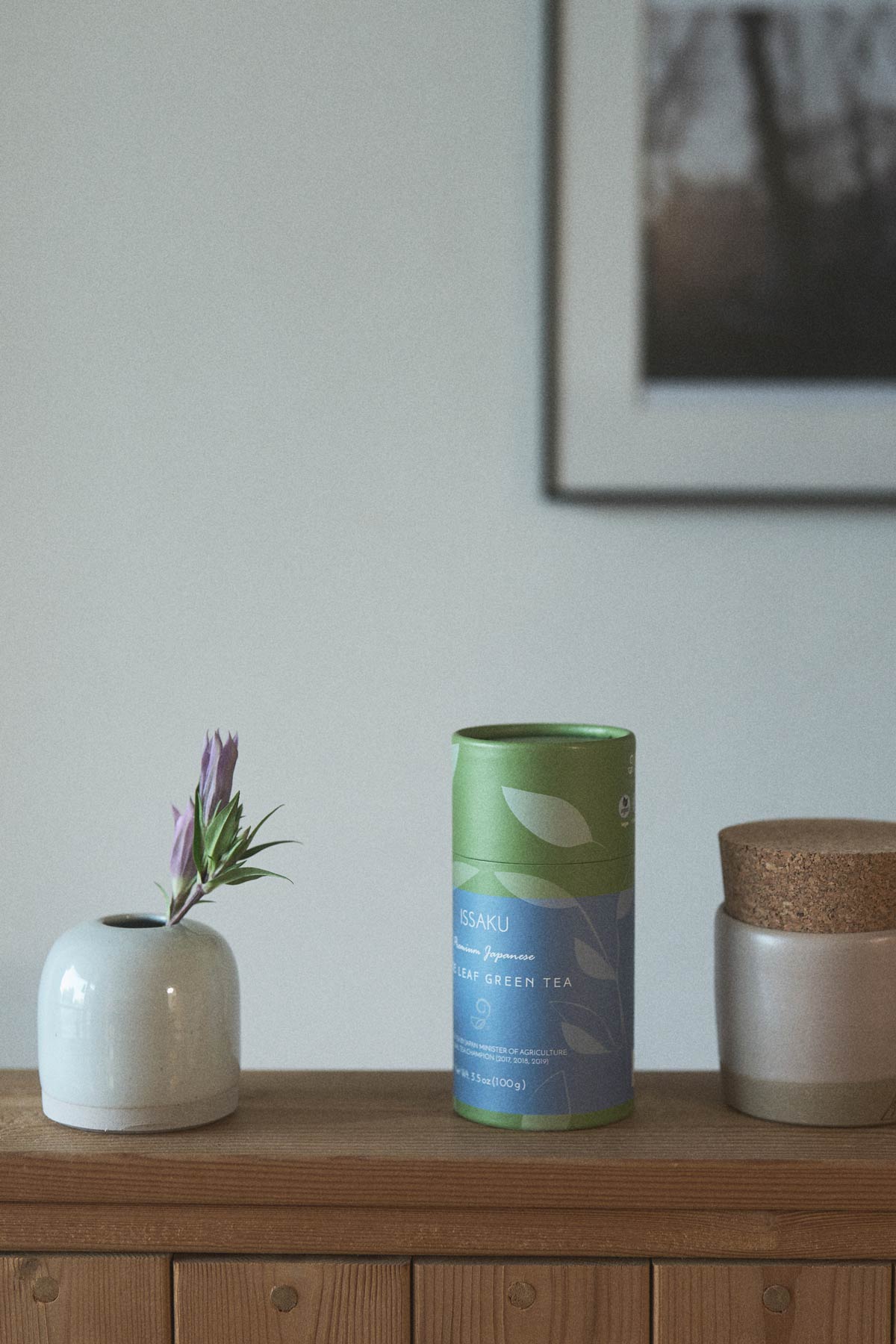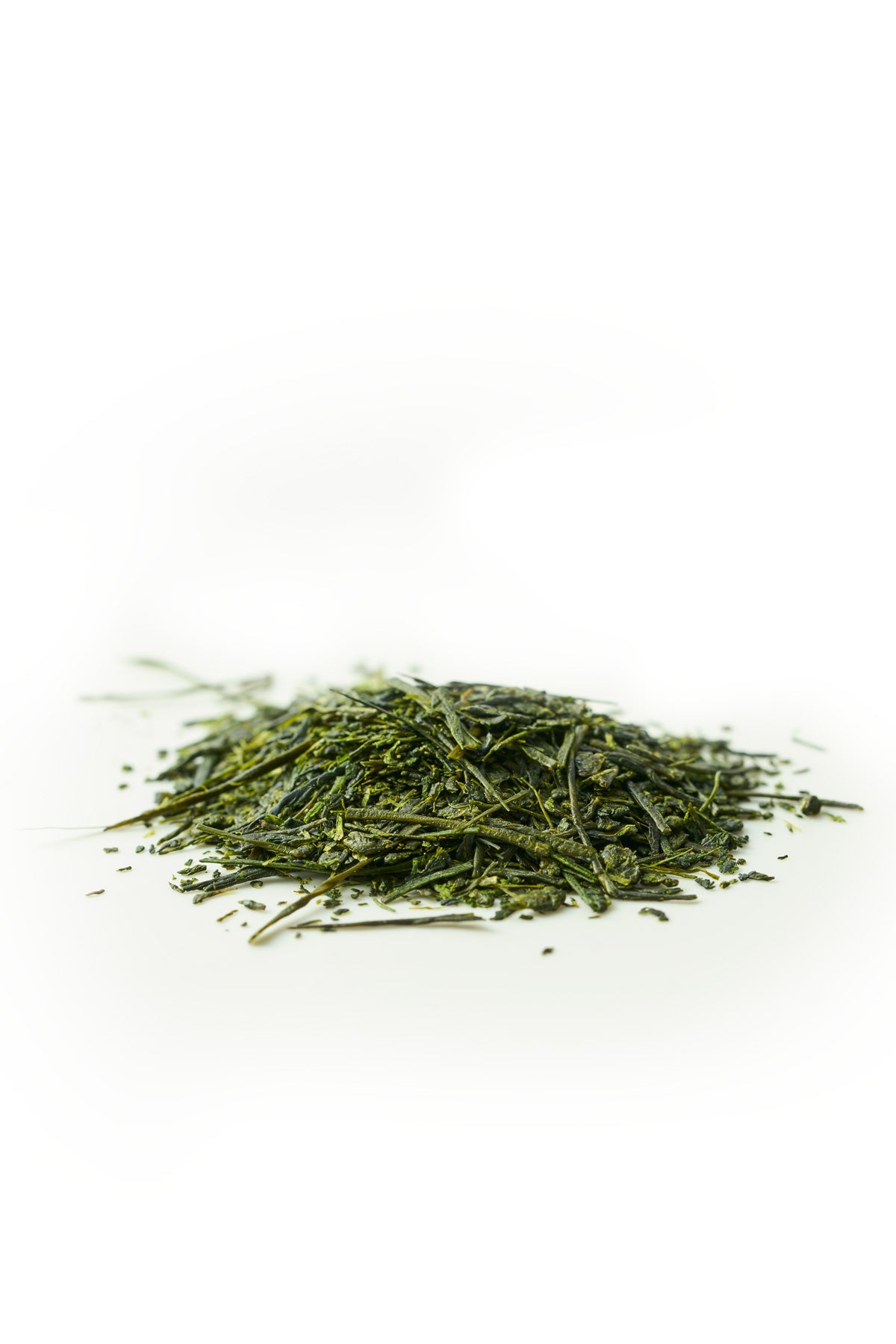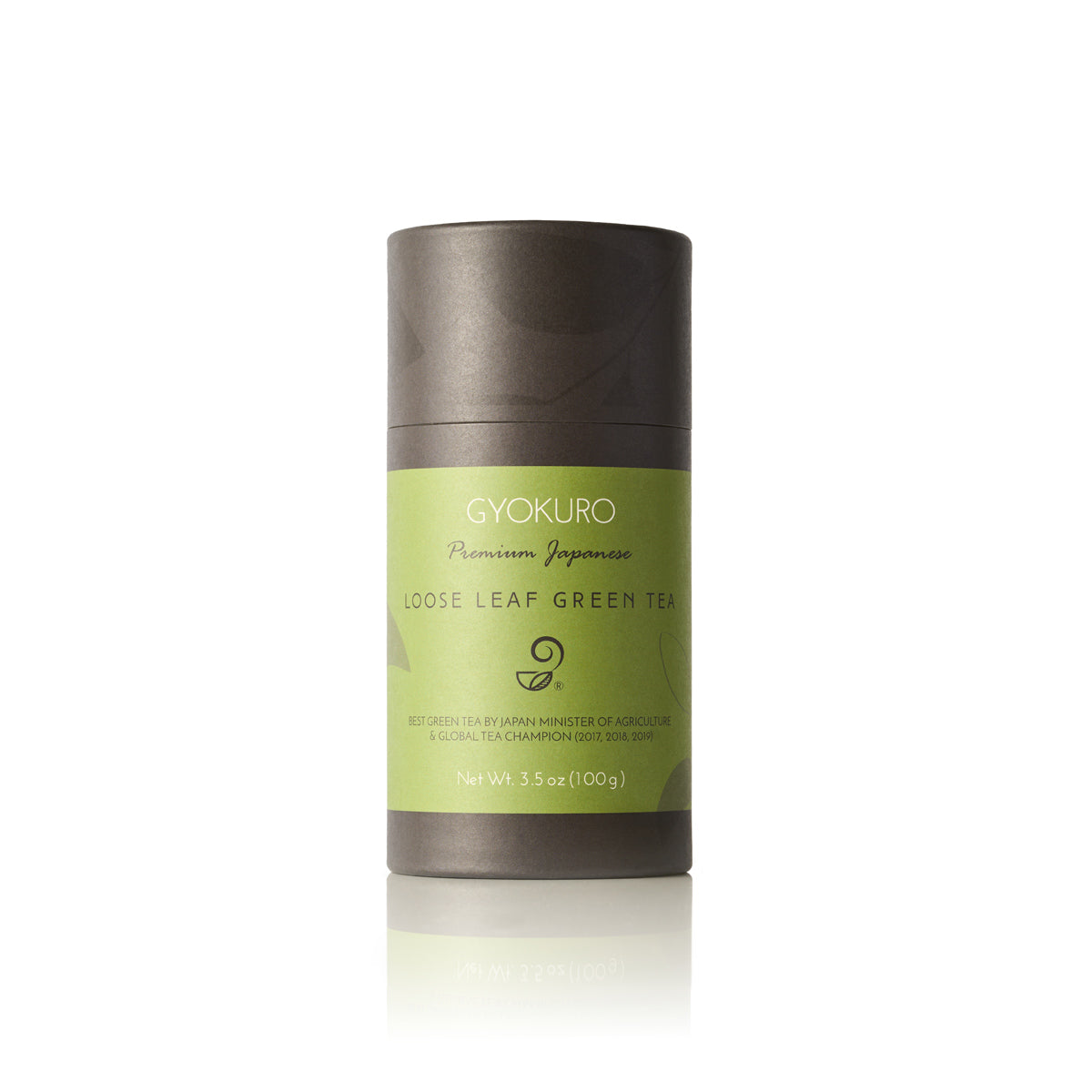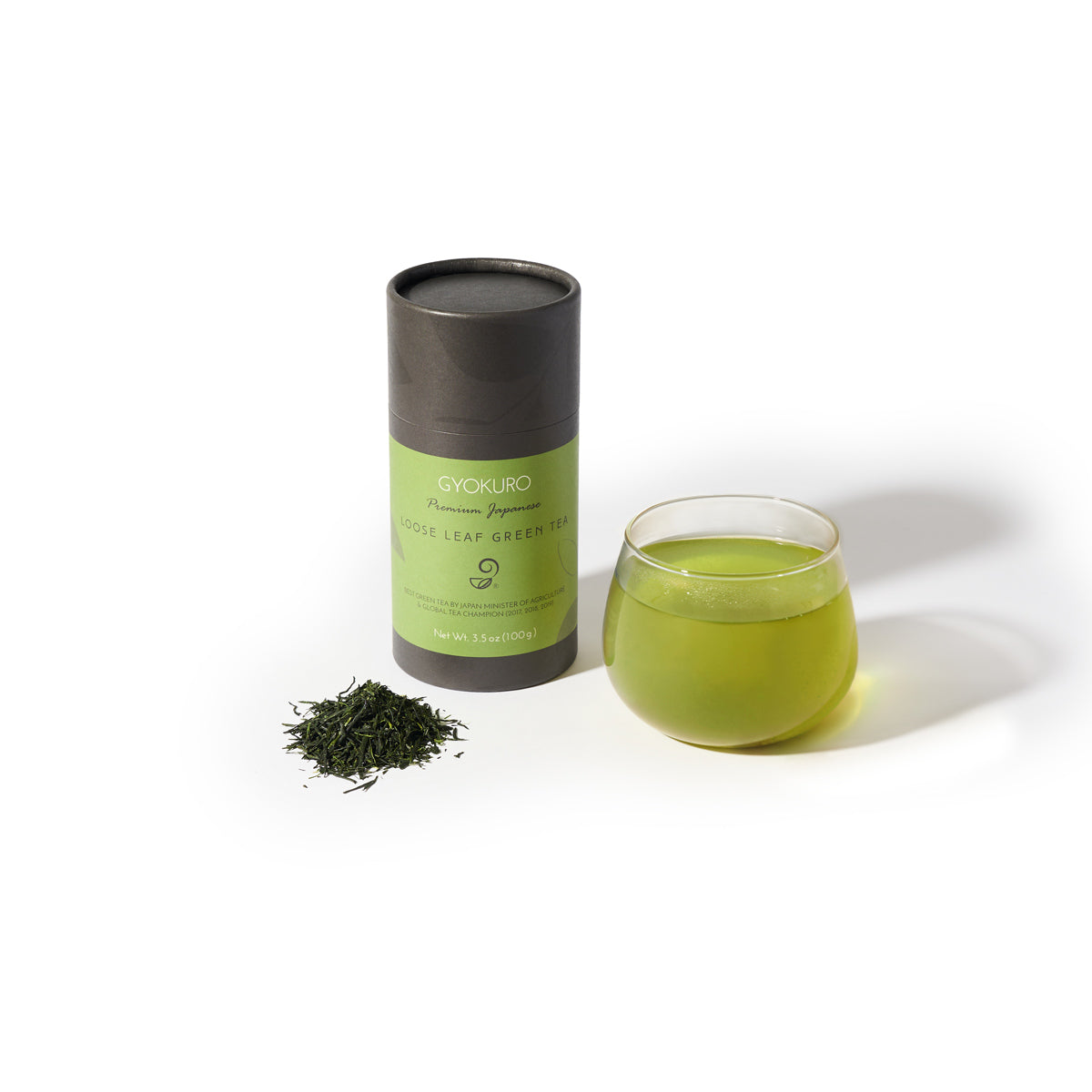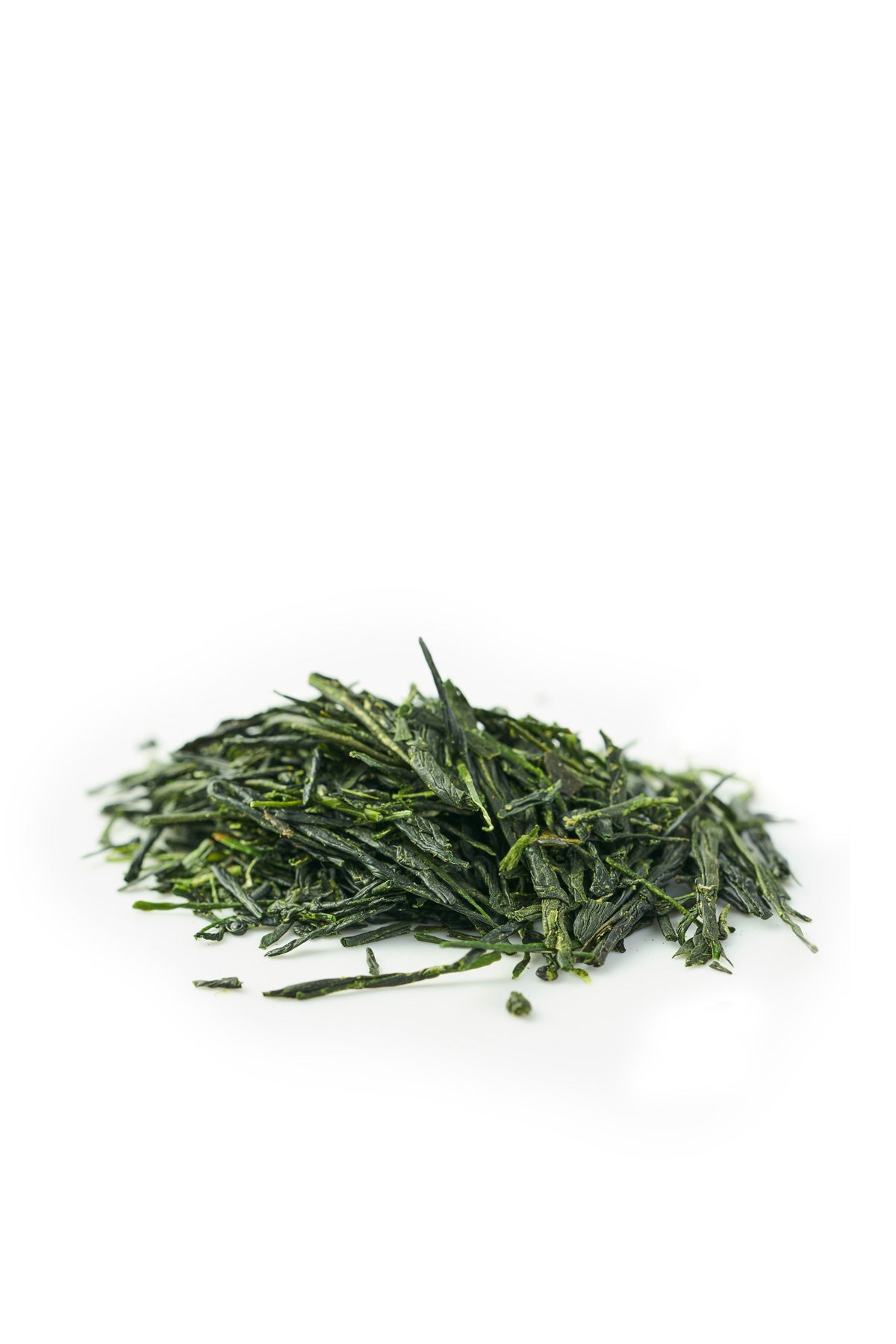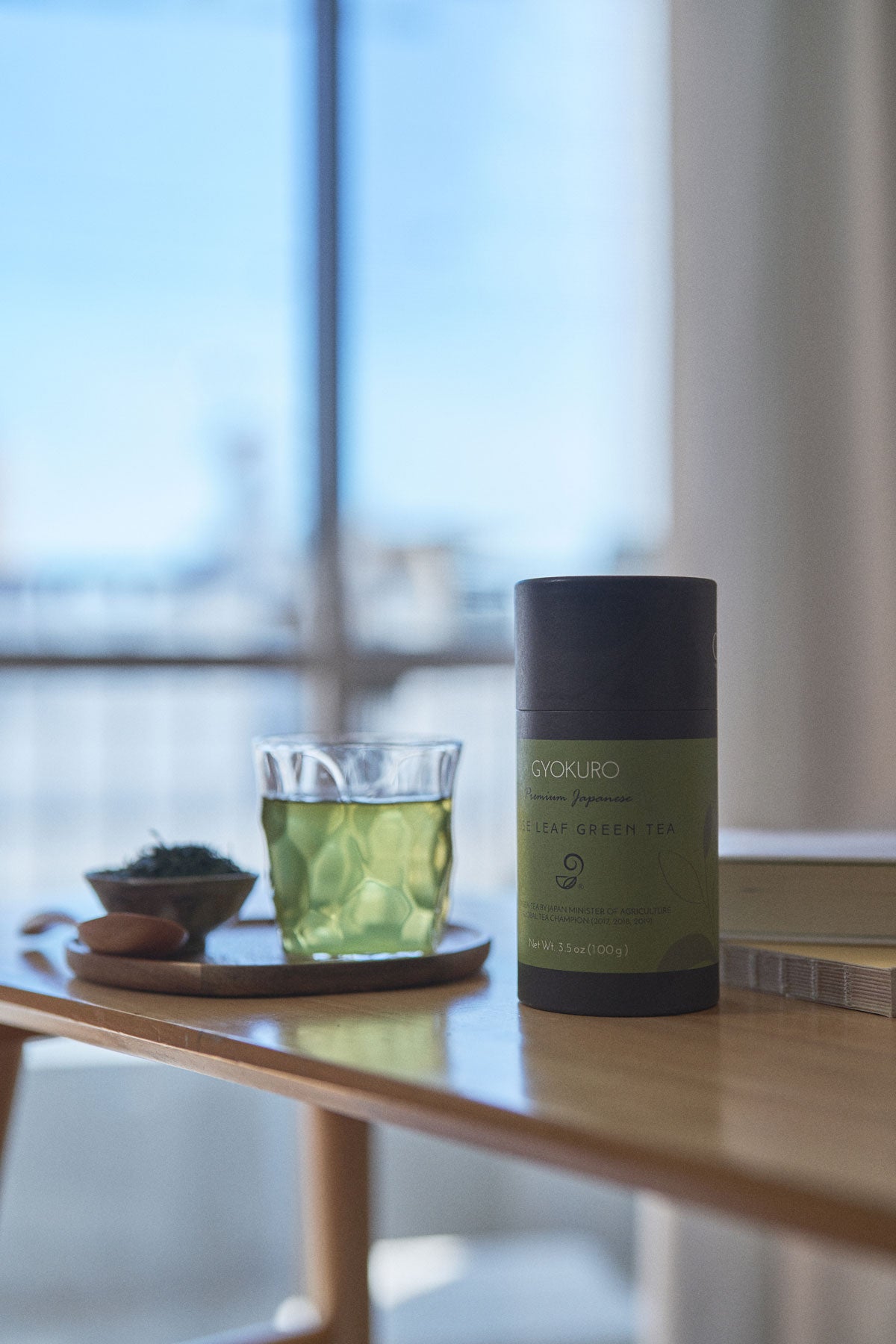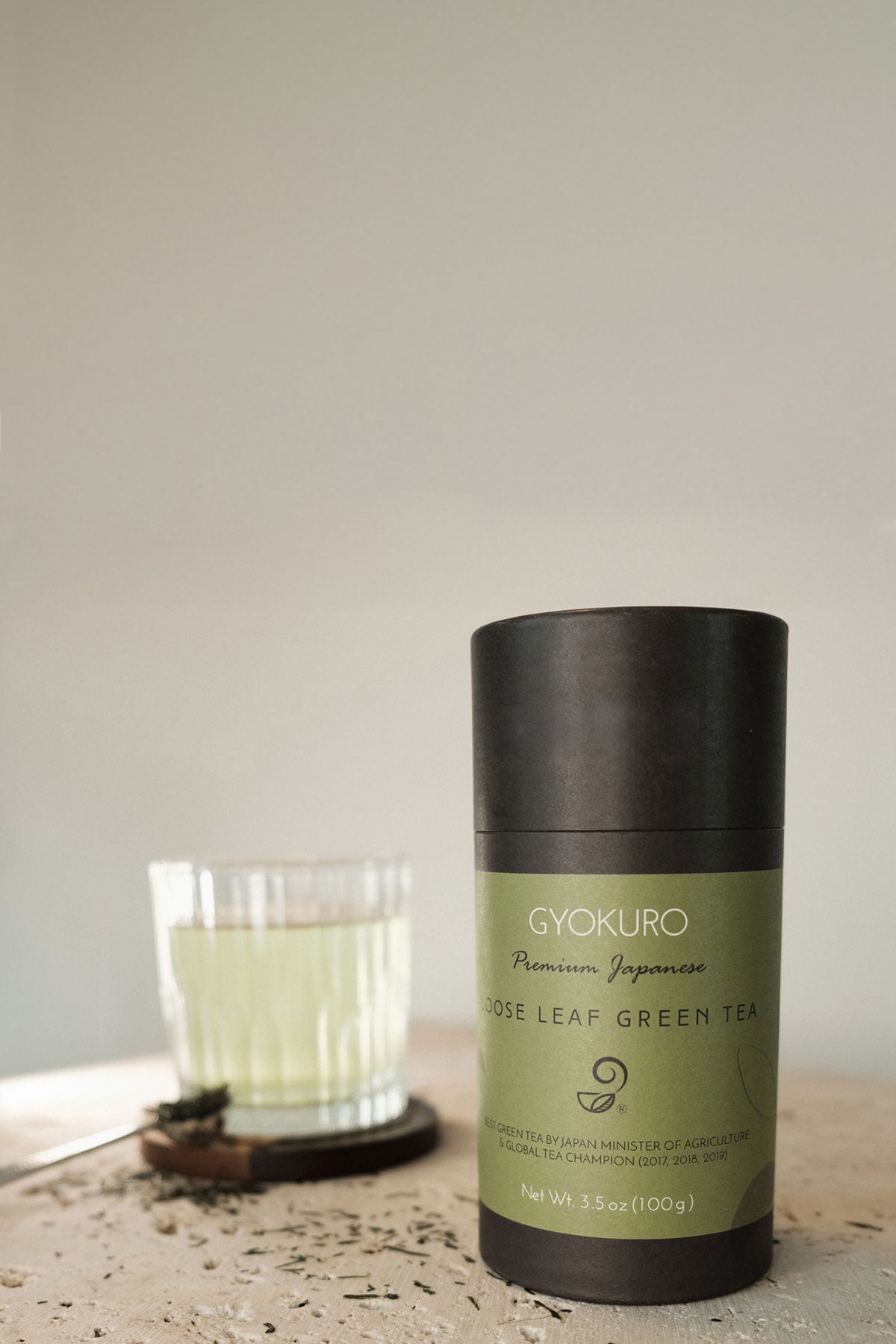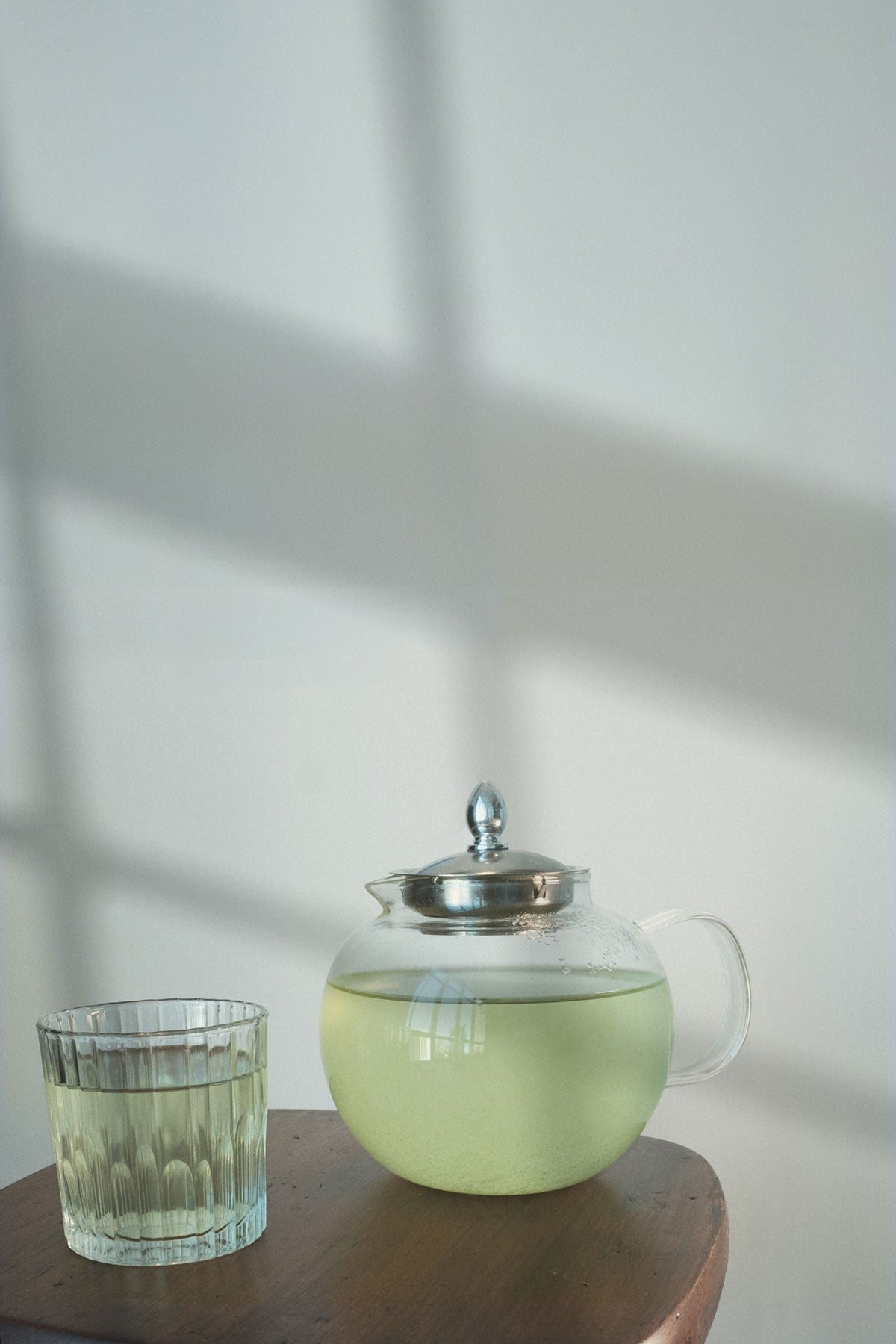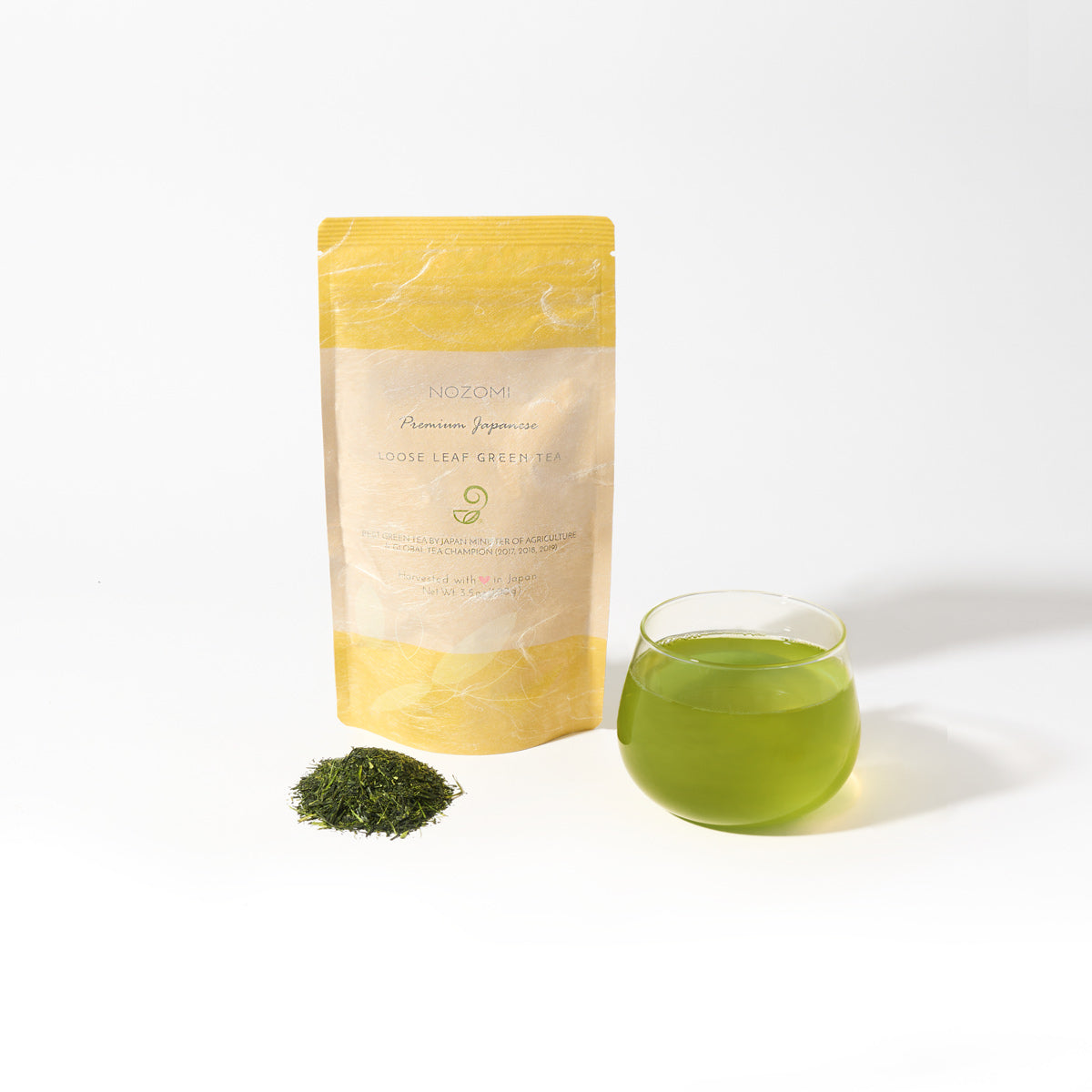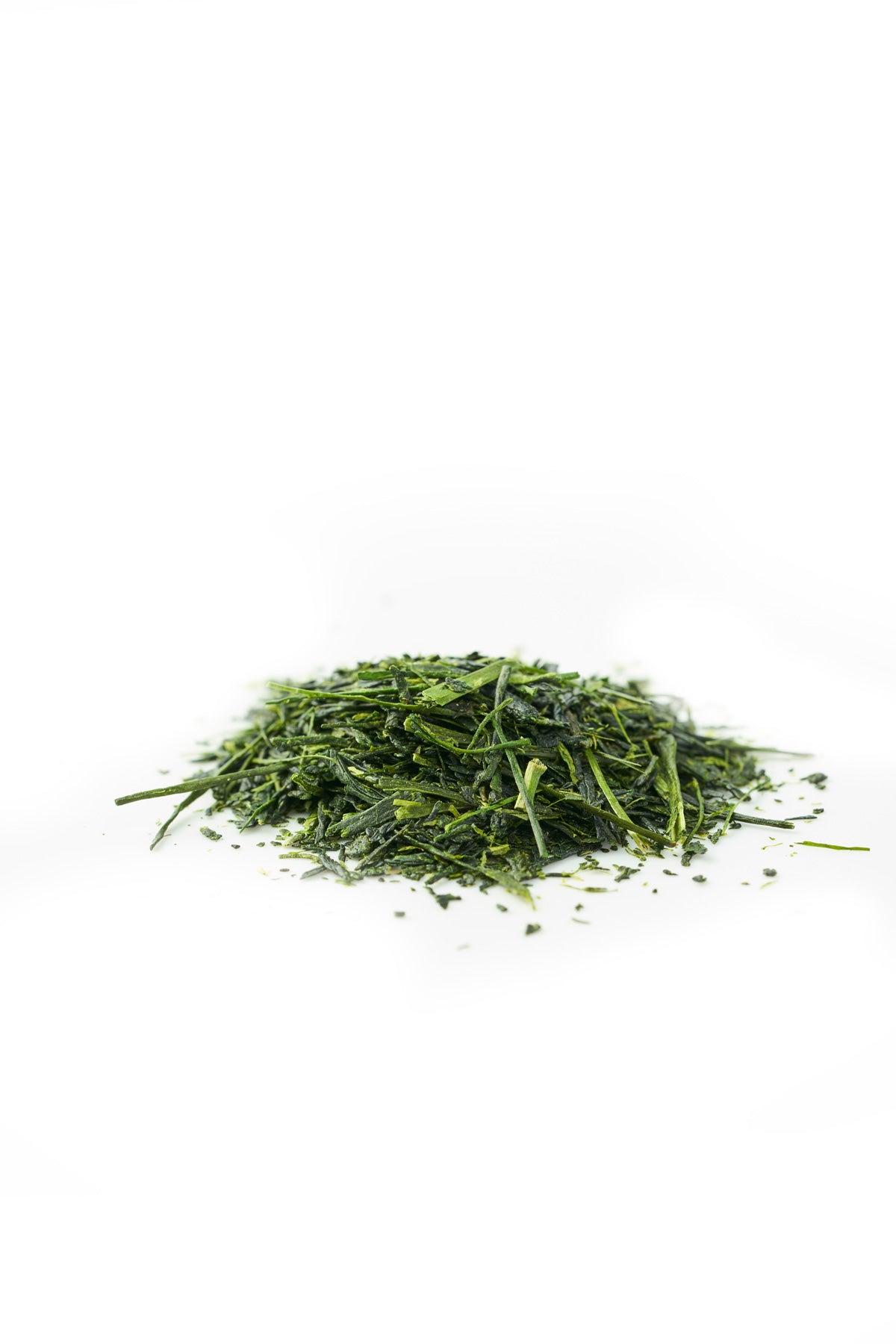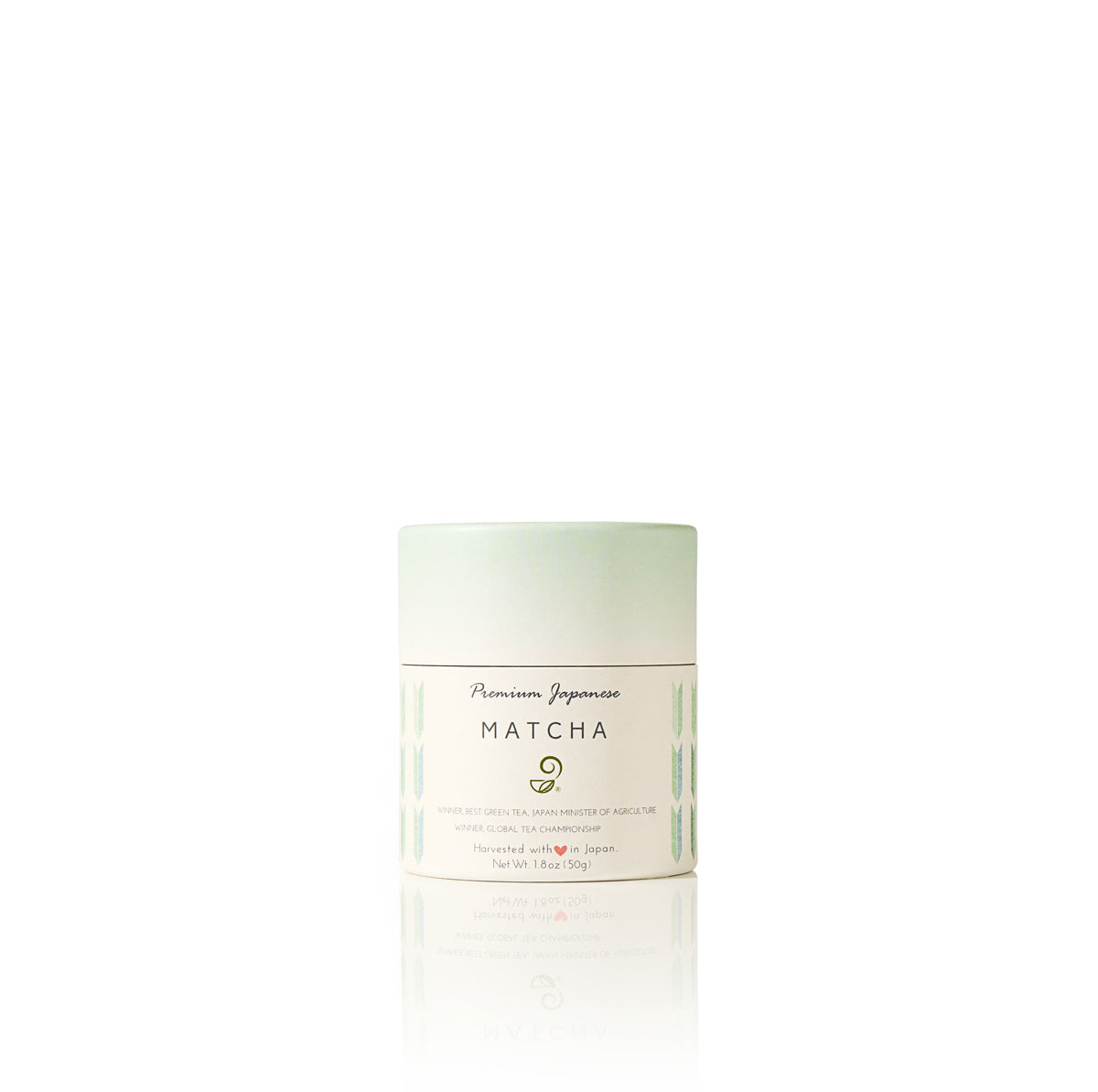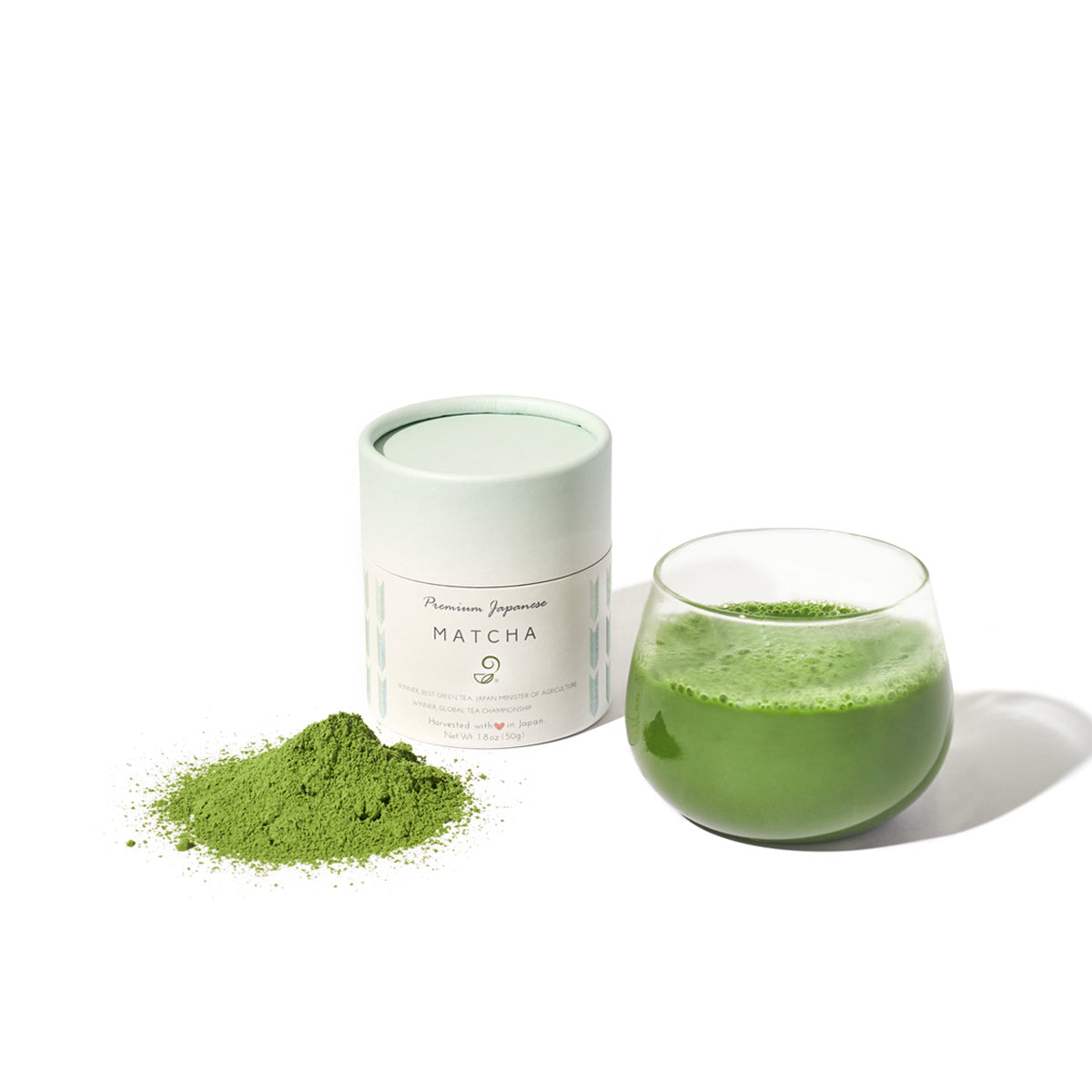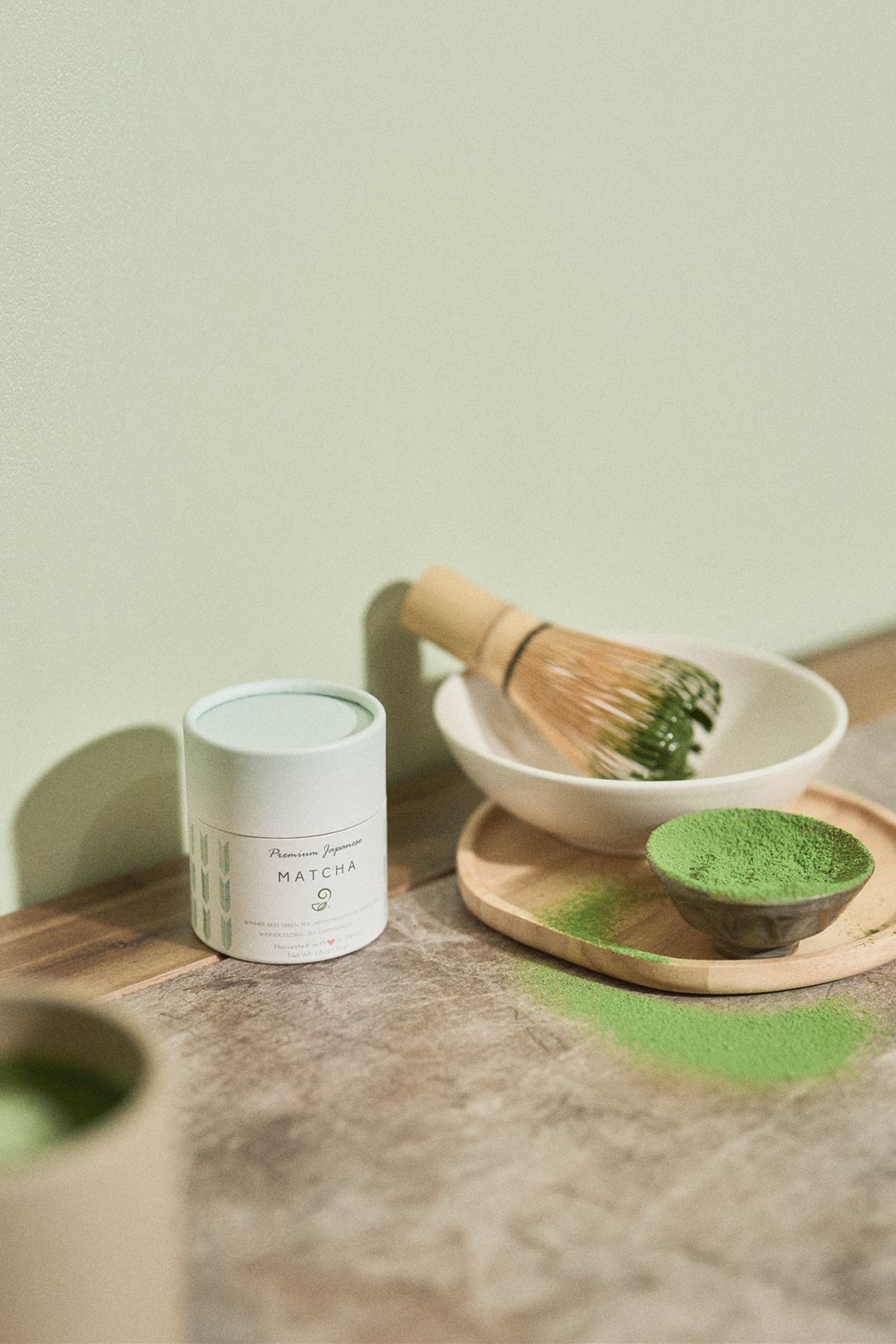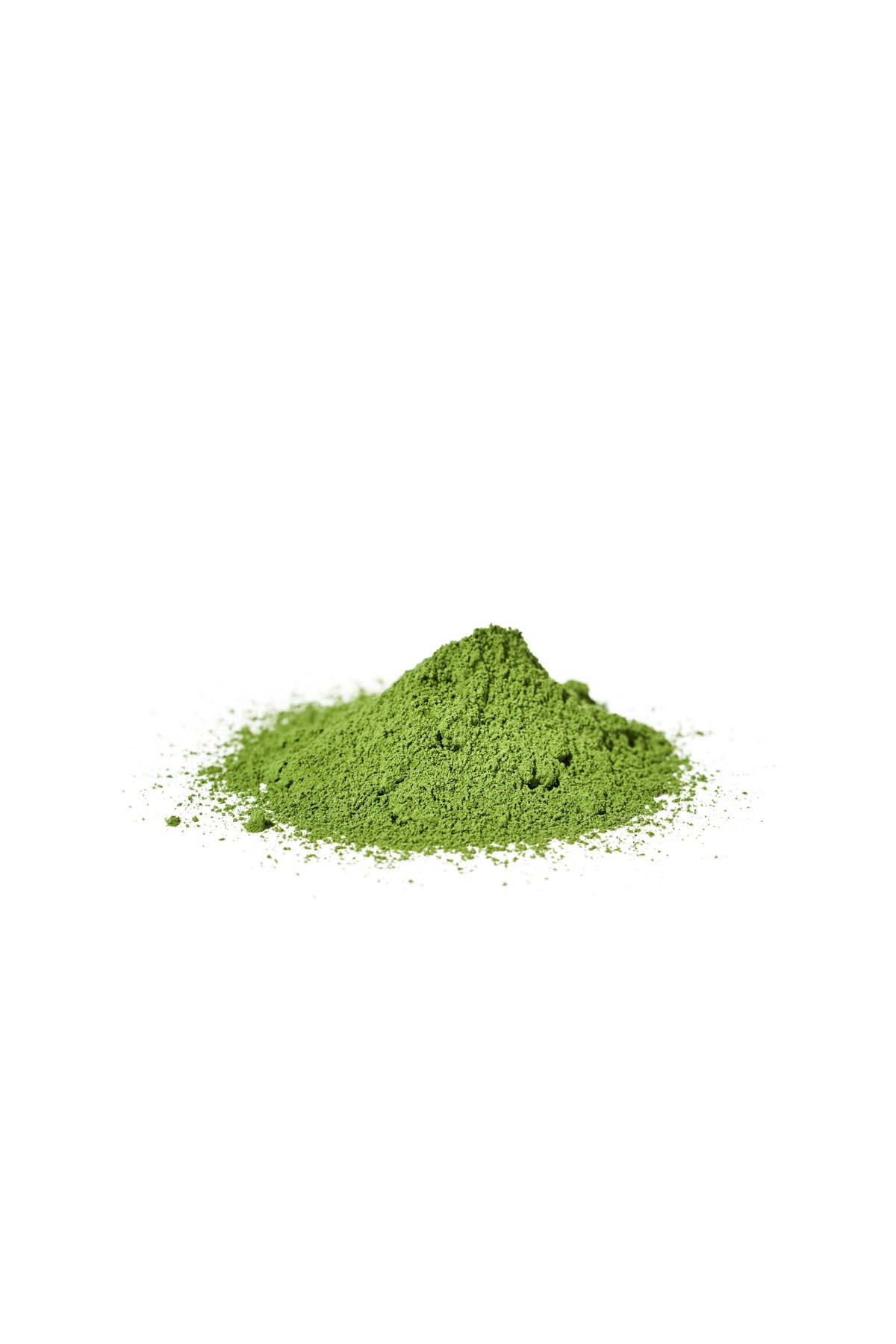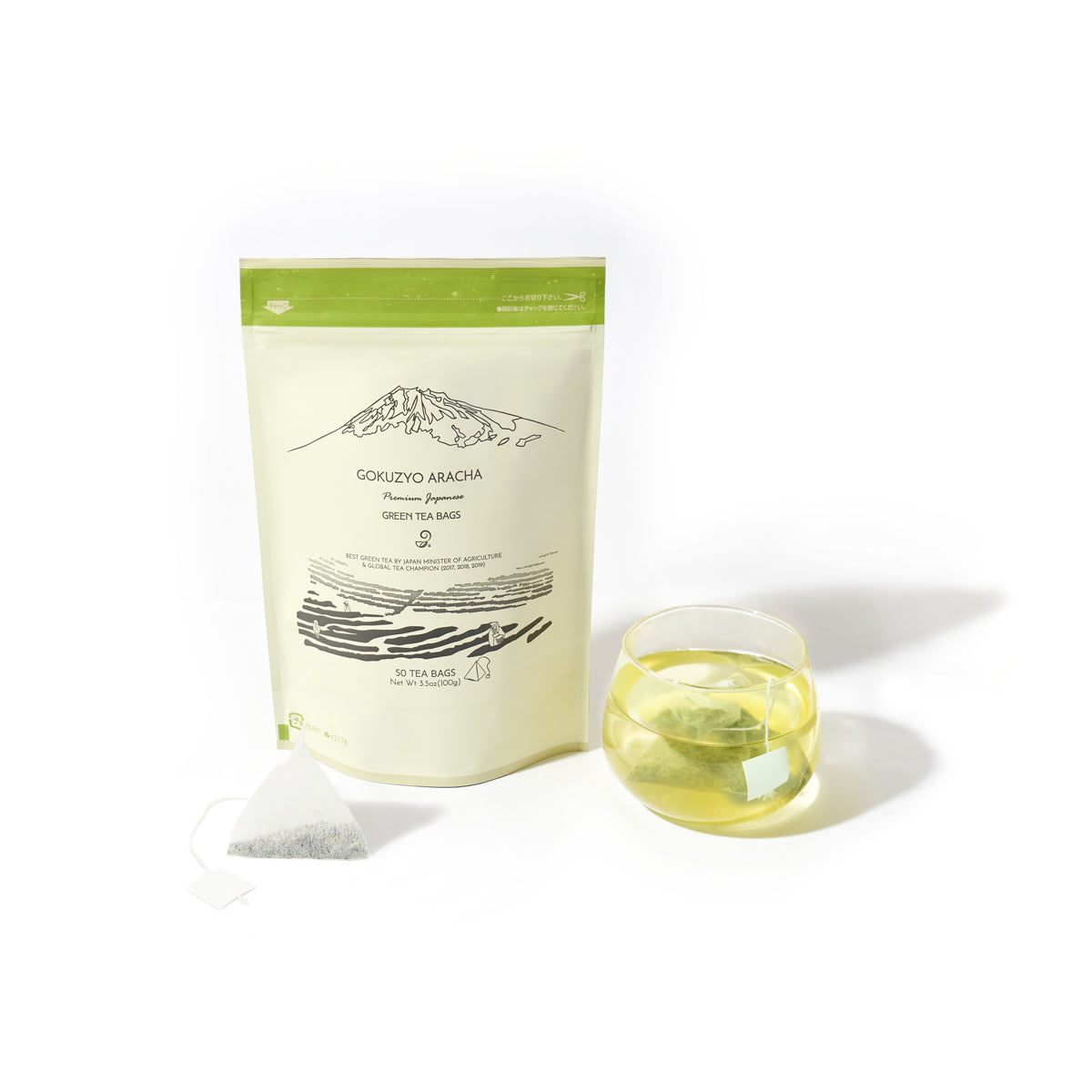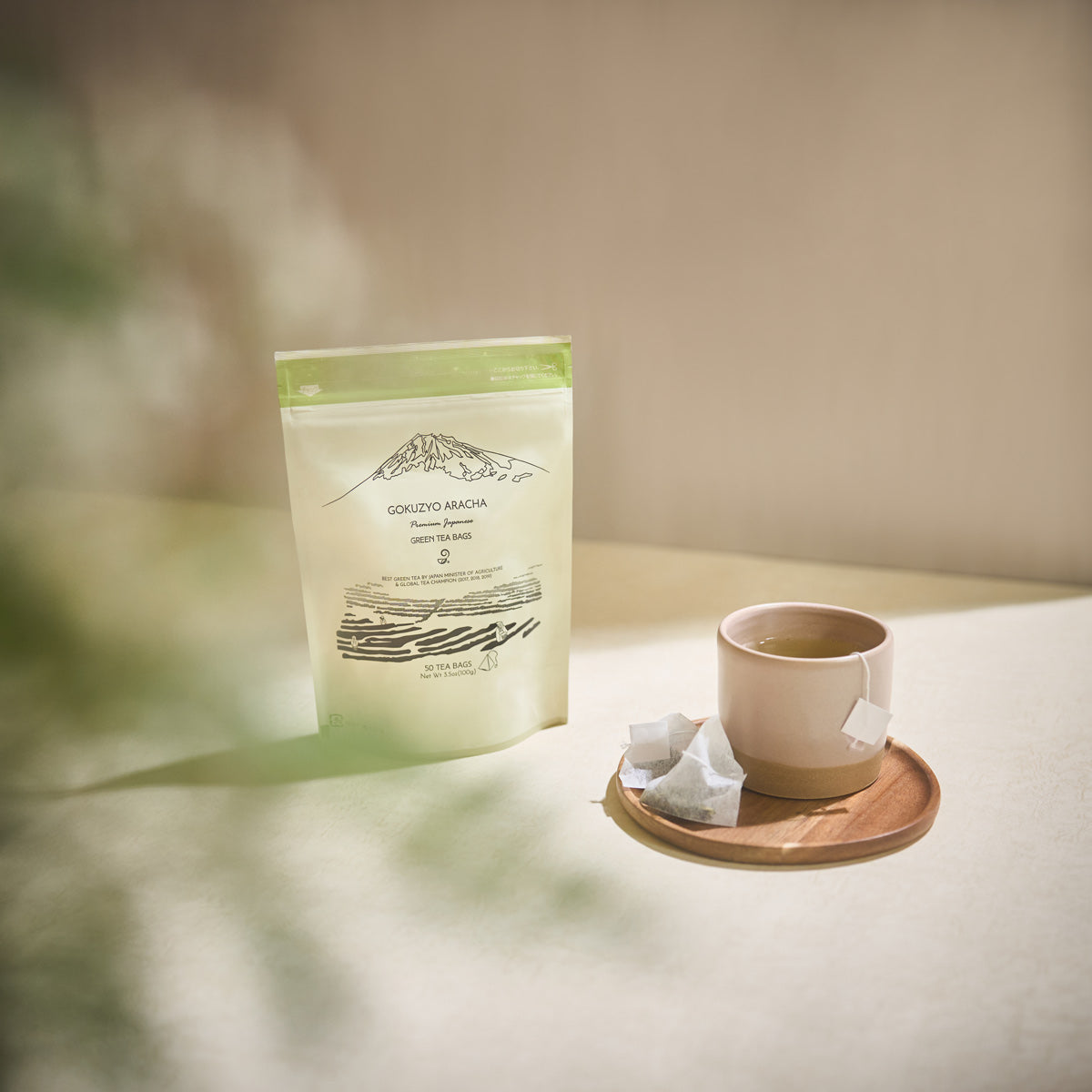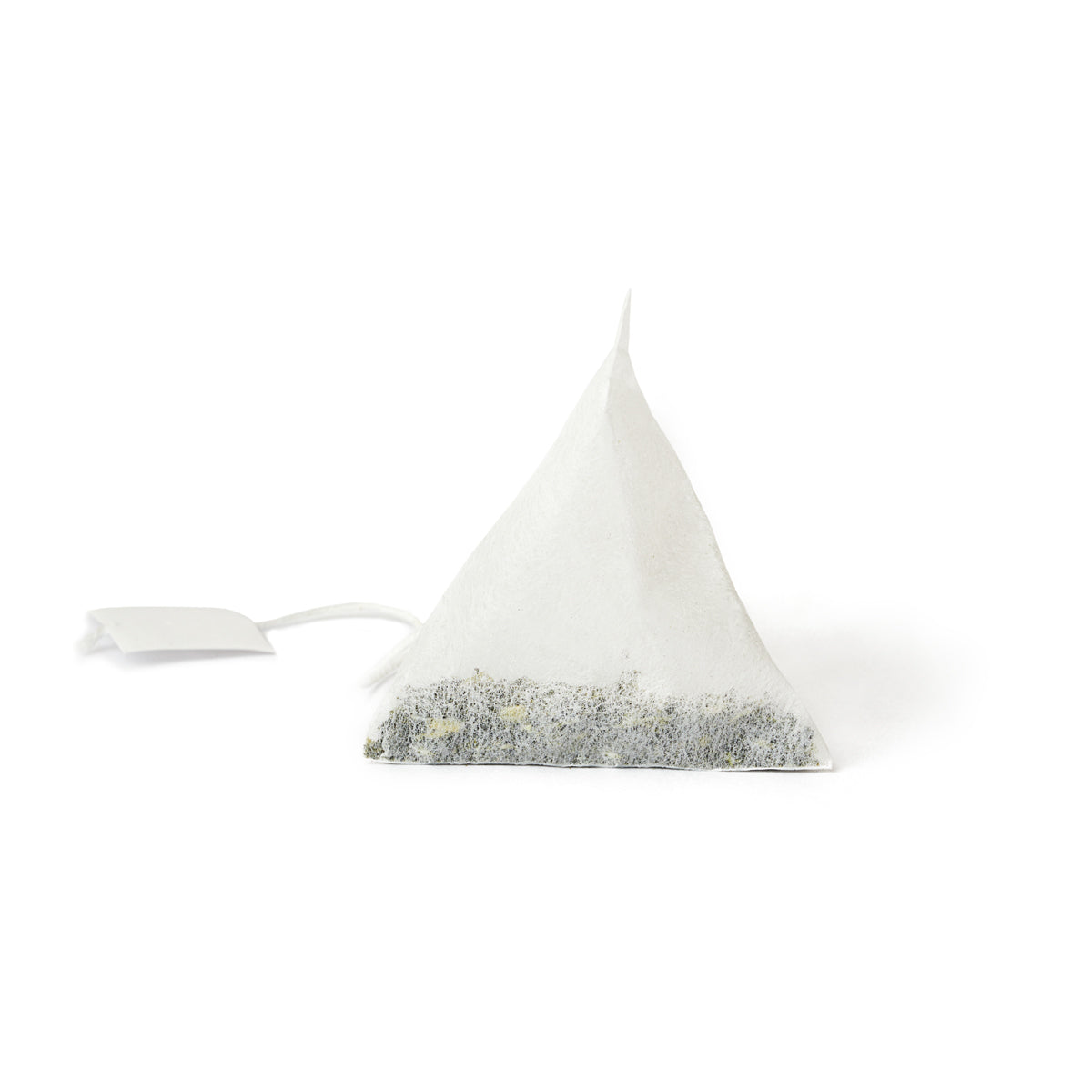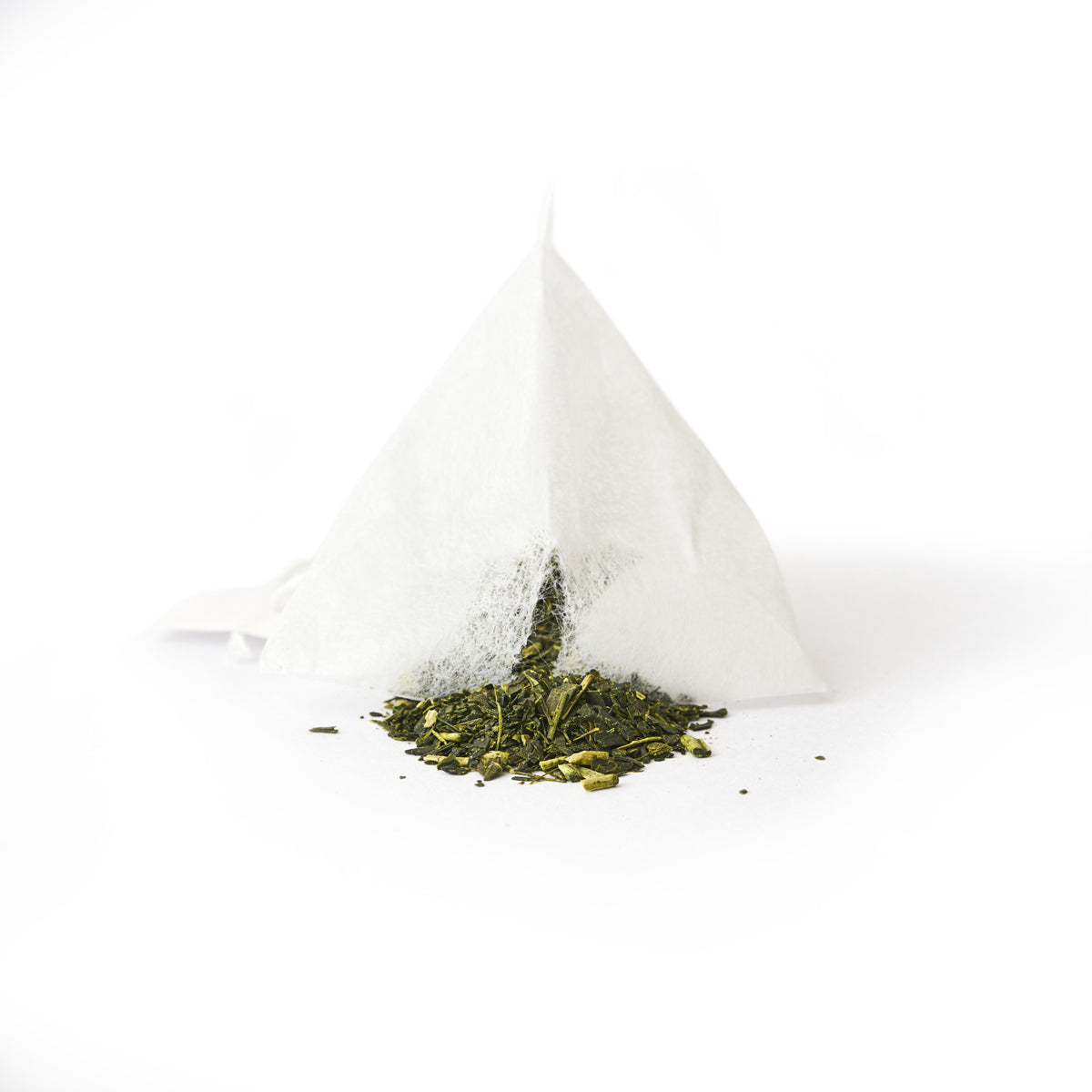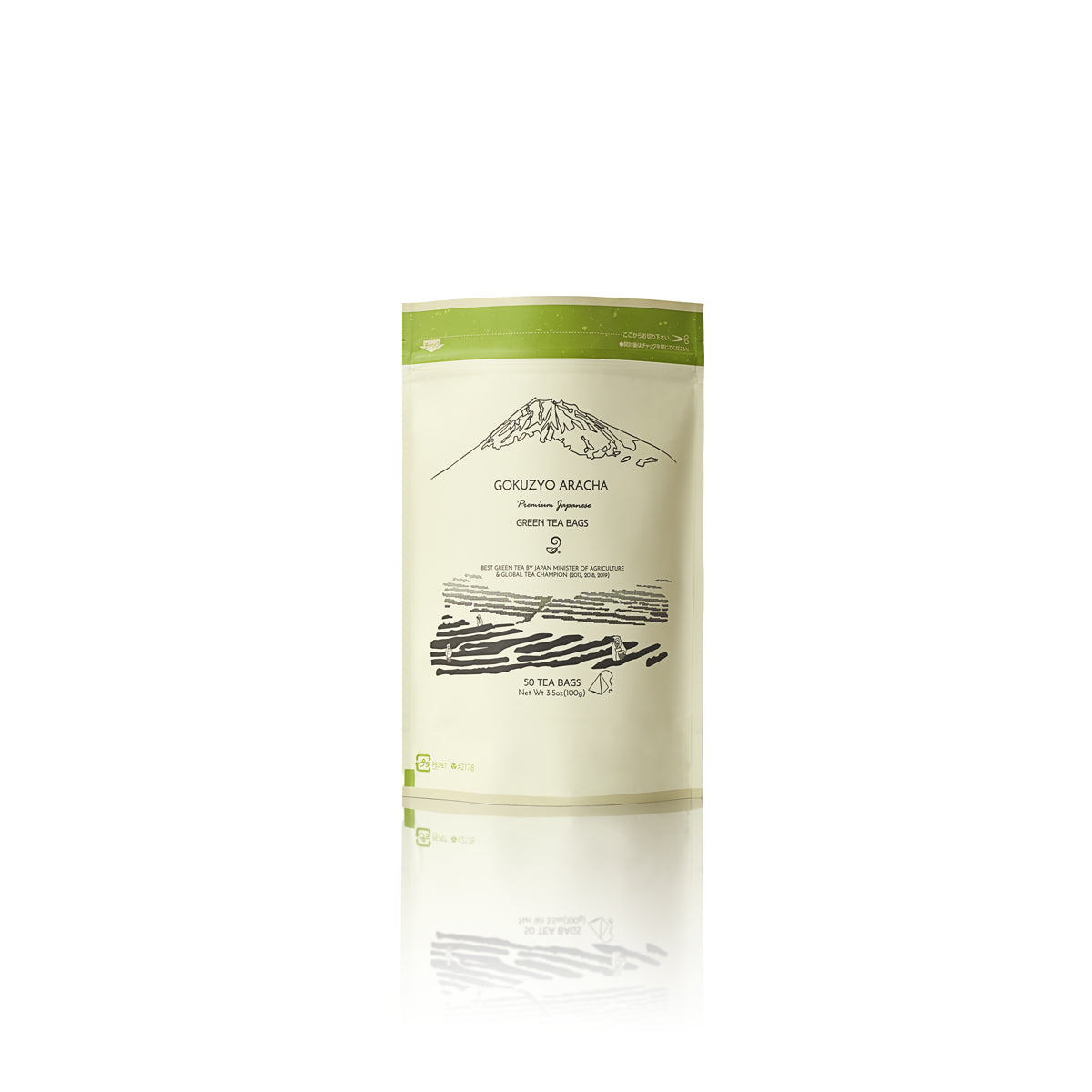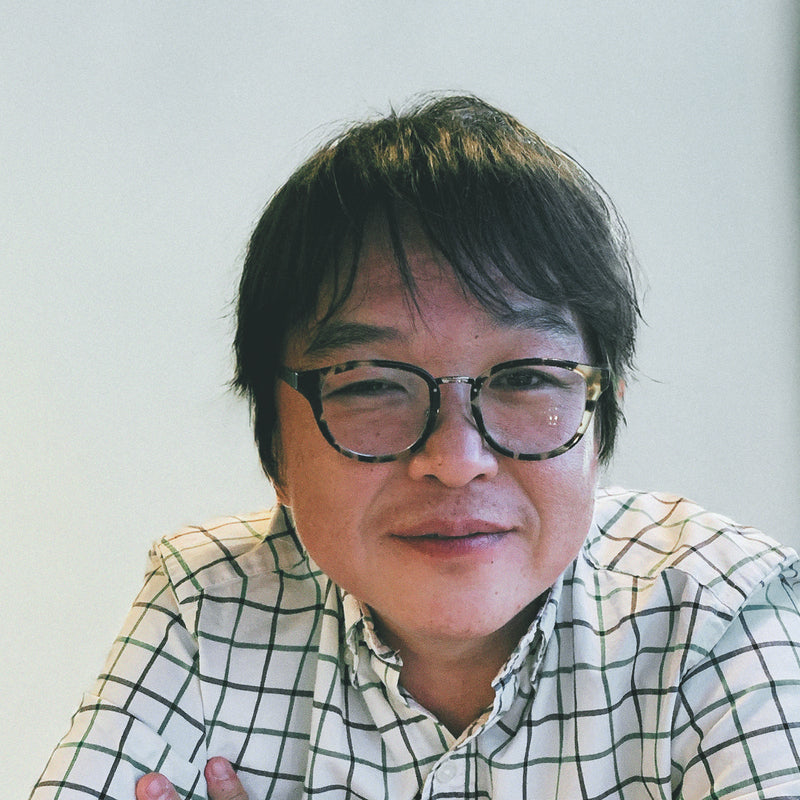If, like me, you find yourself passionately diving into anything and everything related to Japanese tea, our beloved beverage, you're in for a treat today. As a lover of Japanese green tea, one of my favorite tea-related topics to read up on whenever I get the chance is how tea plants are grown and farmed in different parts of the world. For example, right now, it is winter while I write this, and since the weather is cold and plants all look withered outside, it might seem like the tea farmers are sitting around the fireplace or Kotatsu (Japanese low table with electric heating) with their cup of Sencha. But that's not true at all! Even though it is indeed slightly less busy than the other seasons, the winter months on a tea farm see some important work being carried out by the farmers, which ensures healthy growth and high-quality tea leaves, such as these, to flourish in the other months of the year.
One of these important steps that is carried out during the autumn, throughout the winter, and early spring is trimming. You might have heard of words related to the cutting of tea leaves and plants, such as pruning, trimming, skiffing, cutting, shearing, etc. Do they all mean the same thing? How are they different, and why are they so important for the production of the best-quality tea? Let's find out!

Cutting tea plants or Tea plant cuttings?
A cup of tea can be enjoyed by anyone; however, learning about the tea world can be quite challenging at first. But don't worry; that's why we are here to simplify things and to bust any confusing tea jargon. One such confusing word in the tea-farming world is 'cutting.' Most times, when you see the word 'cutting,' it refers to a 'cutting' taken from a tea plant rather than the act of cutting a tea plant.
Now, let's answer the question: What is a 'cutting'?
While many of us are familiar with growing plants from seeds, there's another fascinating method to propagate new plants: through cuttings. Instead of relying on seeds, this technique involves snipping a portion, such as a branch, a leaf, etc., from a mature plant. This "cutting" is then nurtured in a specific environment, coaxing it to develop new roots and/or stems, ultimately giving rise to an entirely new and independent plant. This method is also used with Japanese tea plants.
“Sashiki-hou” - Propagating Japanese tea plants using cuttings
Tea plants can either be grown from seeds or from cuttings; however, due to better genetic consistency and ease, these days, 'cuttings' are the most commonly used method to propagate tea plants. In Japanese, this method is called ‘Sashiki-hou’ ( 挿し木法 ). Propagating tea plants using tea plant cuttings helps to maintain consistency in the plants’ genetics and quality.
Firstly, the branches used for cuttings are left to mature without removing the new shoots. The cuttings are made around June, when the new shoots are halfway lignified, with 2-3 leaves attached to the stem. There are two main times in the year when these cuttings are made on Japanese tea farms:
- Summer Cuttings: Done around June
- Autumn Cuttings: Done around September to October
The prepared cuttings are inserted into well-draining, organic-matter-free soil. The seedbed is shaded for a while, and care is taken not to let the water run out.
These cuttings hang out in seed beds for about 1 to 2 years, and then they're moved to the tea farm in a process called Teishoku (定植).
And then, there’s the part that requires a lot of patience—it takes around 4 to 5 years for these young plants to be ready for their first harvest. And if we're talking about reaching full leaf-producing potential, that takes a bit longer—around 7 to 10 years!
Tea Plants from Seeds vs. Tea Plants from cuttings
You might be wondering: Why opt for cuttings when propagating tea plants? In the Japanese tea scene, most of the tea we enjoy is derived from carefully chosen cultivars. These cultivars, selected for specific qualities like yield, flavor, and resistance, are maintained through cuttings. When tea plants are propagated from cuttings, they preserve 100% of the genetic information from their mother plant, essentially becoming genetic clones. On the other hand, using seeds introduces a 50-50 chance, with half the genetic makeup sourced from another tea plant's pollen. This method carries a higher risk of losing desirable qualities. In Japan, the preference for cuttings ensures consistency and quality in tea production.
Now that we've covered the basics of 'tea cuttings,' let's shift our focus to the actual practice of 'cutting' a tea plant. Japanese tea farms employ various cutting techniques, whether manual or machine-based, and these methods, timings, and purposes all vary. It's a nuanced topic we're delving into. So, as we gear up for a deep dive into the intricacies of tea plant cutting, take a moment to relax with a cup of your preferred green tea! (Mine happens to be this sustainably grown green tea from Shizuoka.)
Pruning, Trimming, Shearing, Skiffing, etc.—different ways in which the tea plants are cut
First of all, it is important to keep in mind that these terms are not narrowly defined and can overlap and include each other. The definitions of these terms also vary from region to region (Want to learn about tea-growing regions in Japan? Head onto this page. ) and can also be different depending on the type of tea, tea farming method, etc.

Trimming
Trimming is a fundamental horticultural practice in Japanese tea farming that involves the selective removal and shaping of the outer foliage of tea plants. This process includes cutting back the overgrown top row of the tea bush and defining the outward appearance of the plant, contributing to both its aesthetics and functionality.
Purpose and Timing:
- It is a regular practice and is especially crucial in winter.
- Ensures an even tea row surface and uniform bud growth. (especially the top row)
- Commonly performed after the final autumn harvest or before the end of the cold season.
Functional Goals:
- It fixes the crown and renews growth.
- Lowers the crown height for easier harvesting.
- Disrupts "apical dominance," promoting the growth of side branches and leaves.
Holistic Impact:
- Balances the tea plant's above-ground and below-ground parts.
- Enhances nutrient exchange between the root system and the aerial portion.
- It boosts nutrient storage in the roots by breaking the relative balance.
- Reduces overall nutrition demand, relieving the load on the root system.
Additional Benefits:
- Limits pest damage by allowing more light and air into the plant with a less dense crown.
- Eliminates old and diseased branches and leaves, contributing to overall plant health.
Pruning
Tea pruning is the act of cutting and shaping the tea plant so that new shoots can grow, making it simpler to harvest in the future. Pruning involves trimming branches to reduce the number of new shoots, aiming for larger and higher-quality buds that emerge after the pruning. This practice is typically carried out after the first and second flushes. Additionally, controlling the height of tea plants makes it more convenient for tea farmers to tend to and manage them efficiently.
Types of Pruning
There are several different types of pruning. We do have to keep in mind that these can vary from farm to farm and from region to region.
|
Types of Prunning |
Description |
| Light Prune (LP) |
|
|
Medium Prune (MP) |
|
|
Rejuvenation Prune/Heavy Prune (RP/HP) |
|
|
Height Reduction Prune (HRP) |
|
|
Collar Prune (CP) |
|
When is pruning done?
It differs from region to region, but as a rule of thumb, see below:
- Routine Pruning: Between every harvest season
- Deep Pruning: Every 3–4 years or so
Fukagari: Pruning in Japanese Tea farm
In Japanese, deeper pruning is called Fukagari, and it involves cutting the tea plant to just around 30 cm off the ground.

Skiffing
In the preceding section, we explored the diverse types of pruning, among which skiffing stands out as a distinct and delicate approach. Representing one of the lightest forms of pruning, skiffing involves leveling off the foliage, selectively removing only green stems. This process entails the removal of approximately 5–8 cm of new growth to ensure a consistent and uniform plucking surface.
The objectives of skiffing are to have an early, high-quality crop and a total crop as well. Skiffing helps in removing the knotted and congested stems, thickening the branches, and improving the general health of the bushes. It is also resorted to the bushes when there is a necessity of postponing the pruning operation.
|
Types of Skiffing
|
Description |
|
Deep Skiff (DS) |
The deep skiff is normally done between 12 and 15 cm above the last light prune marks. Deep skiffed tea yields a higher total and early crop than light-prune tea without compromising quality. It is also less susceptible than unpruned tea to the effects of drought and pest infestation. |
|
Medium Skiff (MS) |
The primary objective is to remove congestion of dead and unproductive twigs at the top, known as "crow’s feet." This skiffing is often given at a height of 15 cm above the last pruning mark or 5 cm below the previous year’s tipping level. Typically, it is performed just below the "crow’s feet" formed by the previous year’s plucking, helping to eliminate congestion in the top hamper. |
|
Light Skiff (LS) |
A skiff at or up to 1 cm above the previous tipping level. It is deep enough to remove the majority of the plucking points and leave the ‘crow’s feet.’ Light Skiff aims to re-establish a level surface. |
|
Level-off- Skiff (LVS) |
This skiff removes the plucking points and old leaves sticking above the plucking table at the season's end. Given at least 5 cm above the previous tipping level, it aids in tidying up the top of the bush. |

Tea from Trimming and Pruning? - Is it Possible?
Pruning primarily serves maintenance purposes rather than tea production. Nevertheless, certain leaves trimmed during the pruning process can be repurposed to create tea. Here are a few examples:
- Karibancha Production:
Trimmings from prunings following the harvest of high-grade sencha during Ichibancha can be utilized to craft premium-grade hojicha, known as "karibancha." These prunings are specifically conducted in preparation for the Nibancha harvest.
- Kyobancha Creation:
Kyoto produces a distinct tea called Kyobancha, crafted from leaves pruned during Harubancha in anticipation of the spring harvest.
- Sustainable Use:
Beyond tea production, a common practice involves returning the trimmings from prunings back to the earth. In certain instances, the production of tea from these trimmings might be deemed impractical due to their lower quality, fetching a correspondingly modest price.
Conclusion
The scenery of the tea fields can vary significantly from season to season. The tea plants undergo a transformation of colors, and even when the fields and surroundings are blanketed in snow, we learned today that the tea farmers are in action, diligently working to create the most delicious Japanese green tea possible. Additionally, we hope that these insights into the cutting methods in tea fields provided you with an understanding that tea fields require routine care, much like humans need 'haircuts' and grooming from time to time to feel their best. Let's continue learning more about tea plants while savoring great tea!
Get Free Bonus Books

Sign up for free to the Green Tea Club to get advice and exclusive articles about how to choose Japanese Tea, and tips, tricks, and recipes for enjoying Japanese tea.
About the author
Kei Nishida
Author, CEO Dream of Japan
Certification: PMP, BS in Computer Science
Education: Western Washington University
Kei Nishida is a passionate Japanese green tea connoisseur, writer, and the founder and CEO of Japanese Green Tea Co., a Dream of Japan Company.
Driven by a deep desire to share the rich flavors of his homeland, he established the only company that sources premium tea grown in nutrient-rich sugarcane soil—earning multiple Global Tea Champion awards.
Expanding his mission of introducing Japan’s finest to the world, Kei pioneered the launch of the first-ever Sumiyaki charcoal-roasted coffee through Japanese Coffee Co. He also brought the artistry of traditional Japanese craftsmanship to the global market by making katana-style handmade knives—crafted by a renowned katana maker—available outside Japan for the first time through Japanese Knife Co.
Kei’s journey continues as he uncovers and shares Japan’s hidden treasures with the world.
Learn more about Kei
